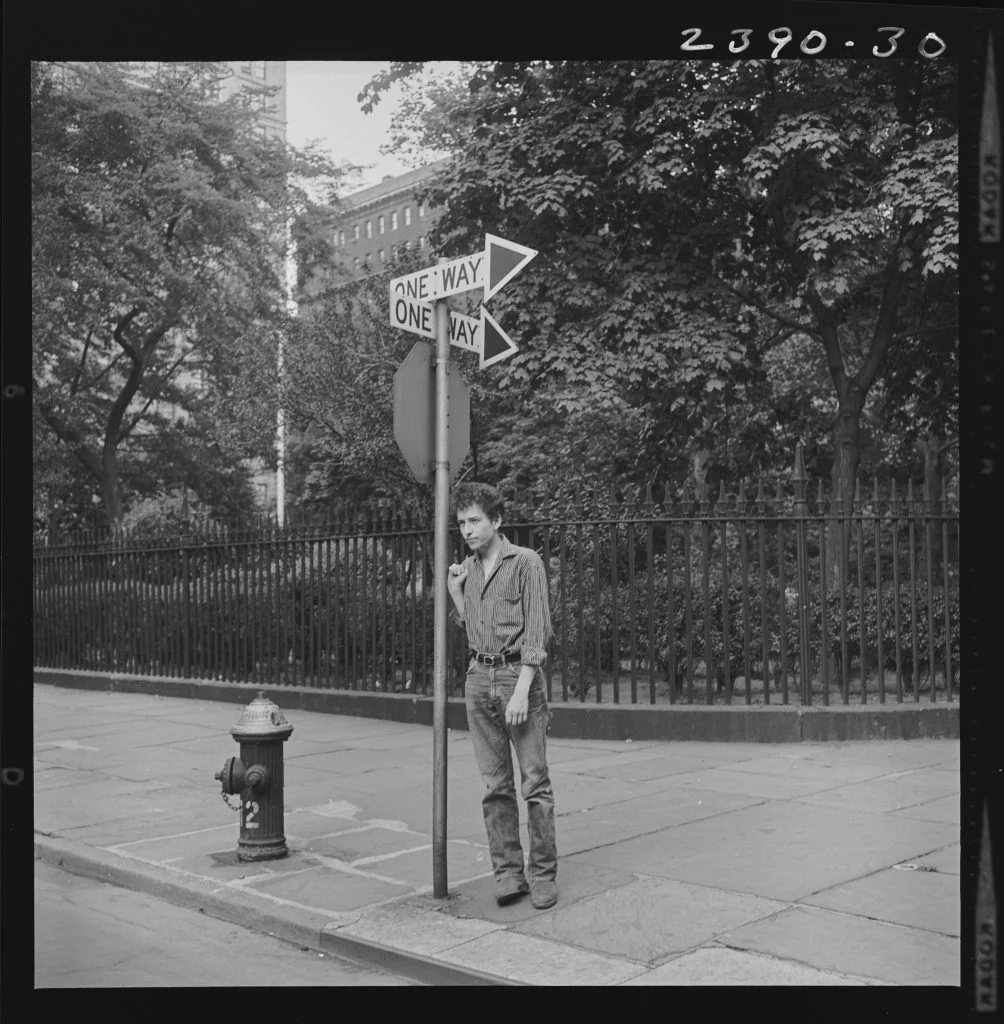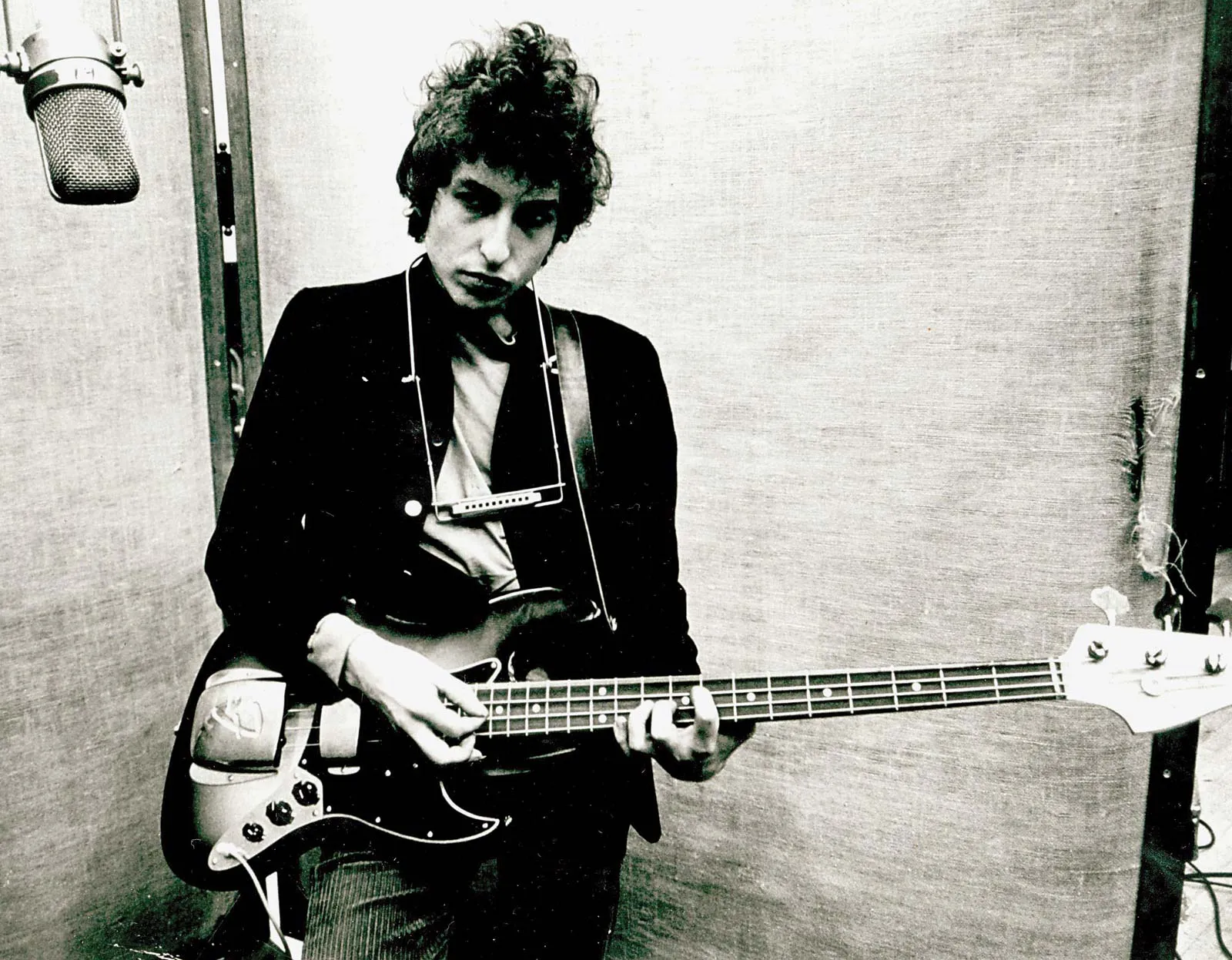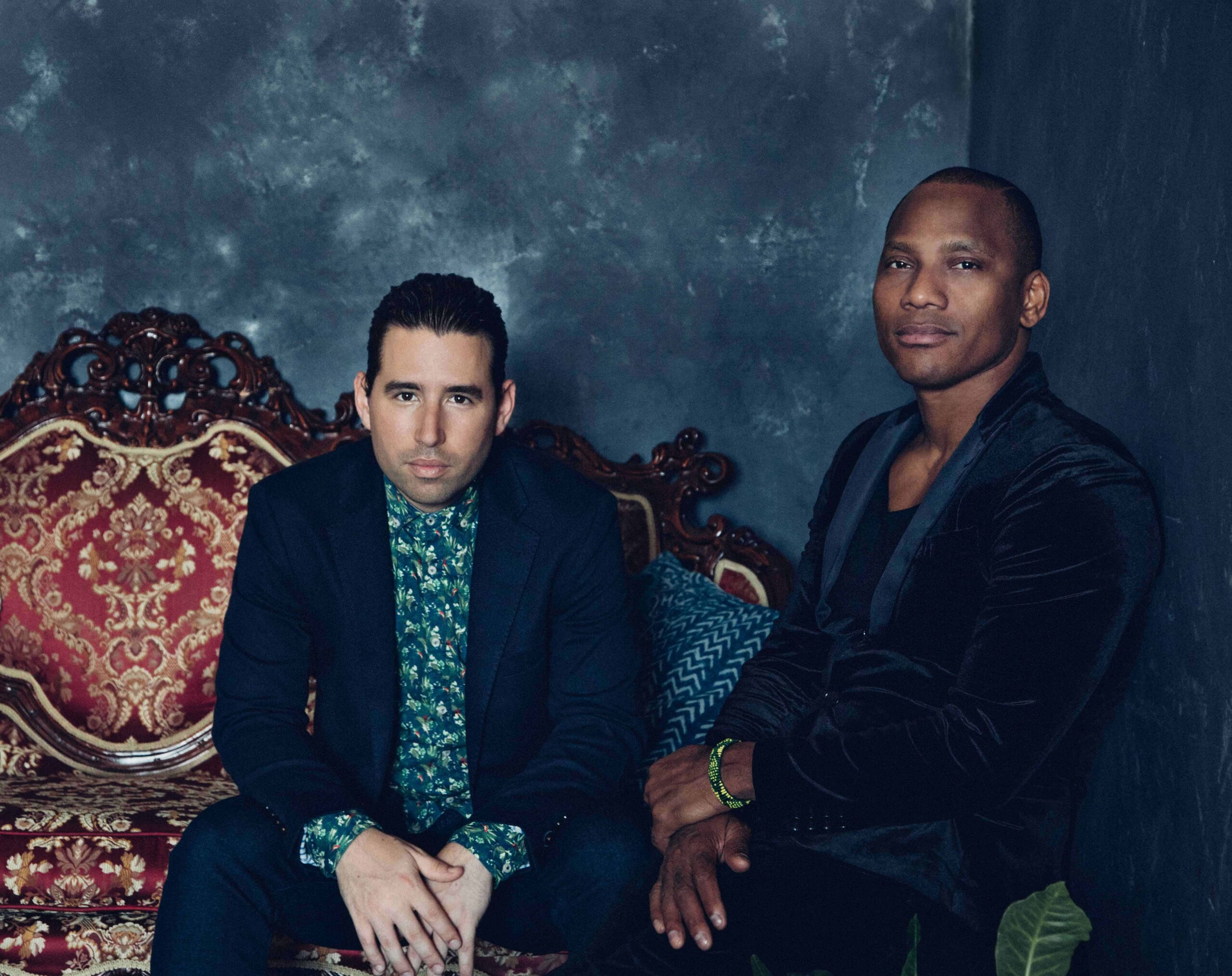Some songs, from the moment they are written, capture not only a particular era but also the collective conscience of humanity. Bob Dylan’s folk songs from the early 1960s were precisely such carriers of memory. When he asked, “How many roads must a man walk down…,” the answer was already clear—not enough roads had been walked.
Now those songs are returning to their birthplace: Greenwich Village. The exhibition How Many Roads: Bob Dylan and His Changing Times, 1961–1964, opening at New York University’s Gallatin Galleries, brings to light the musician’s political awakening in his early years, his connection to the civil rights struggle, and the language of folk music intertwined with rebellion. The exhibition, which originated at the Bob Dylan Center in Oklahoma, invites viewers to listen to Dylan’s first call to rebellion through archival documents, photographs, rare videos, and nine short documentaries.

The Years When Music Turned Into Resistance
Dylan’s songs from this period were not just melodic structures, but testimonies. The lynching of Emmett Till, the murder of Medgar Evers, the story of Hattie Carroll… All of these found resonance in Dylan’s words. Masters of War was a rage against warlords, while A Hard Rain’s A-Gonna Fall was a cry of intuition in the face of nuclear threat. But above all, Blowin’ in the Wind and The Times They Are A-Changin’ became the poetry of collective resistance.
The exhibition at the Gallatin Galleries traces the conscience of an era through Dylan’s works from 1961 to 1964. Archives brought from the Bob Dylan Center in Oklahoma are presented alongside manuscripts, backstage photos, documents related to the protest movements of the time, and nine short documentaries. The exhibition brings together a wealth of rare material, from the 1963 Greenwood voter registration campaign to the historic March on Washington and his first performance at the Newport Folk Festival. His relationships with figures like Joan Baez, Pete Seeger, and Theodore Bikel highlight the collective spirit of Dylan’s folk scene. The exhibition traces not only the journey of an artist but also how music transformed into a form of action.
The spirit of the times was not only in the songs, but also in the streets. Dylan’s period was also portrayed by Timothée Chalamet in the recently released film A Complete Unknown—the story of breaking away from folk, saying goodbye to the crowd, and becoming a lone voice…
The guided Greenwich Village walk, which will take place on September 20 alongside the exhibition, takes viewers not only to Dylan’s streets but also to those that bear the traces of the era: Great Jones Street, Washington Square Park, Chelsea Hotel, and The Bitter End… Places where songs echoed, ideas ignited, and a generation sought its voice.
How Many Roads can be viewed at the Gallatin Gallery from August 25 to October 15.










